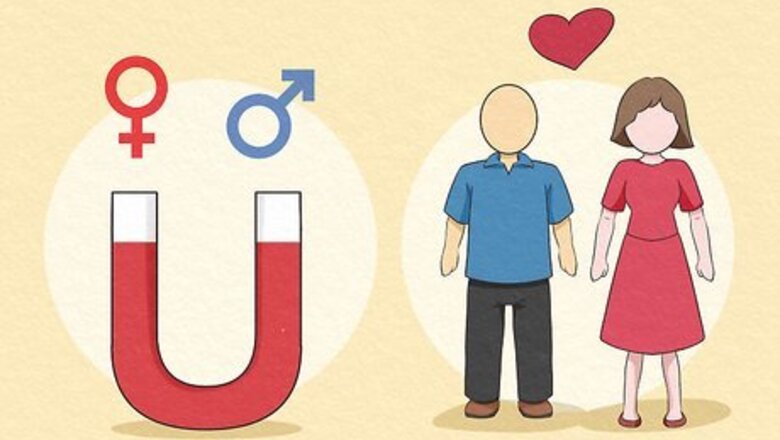
views
- A heteroromantic bisexual is someone who’s sexually interested in both men and women (sometimes other genders too), but only dates people of the opposite sex.
- You might be a heteroromantic bisexual if you you find labels for sex and gender norms oppressive or you spend a lot of time questioning your sexuality.
- Embrace heteroromantic bisexuality on your own terms. Come out...or don't, and ignore those who try to box you in to a specific label.
What is a heteroromantic bisexual?
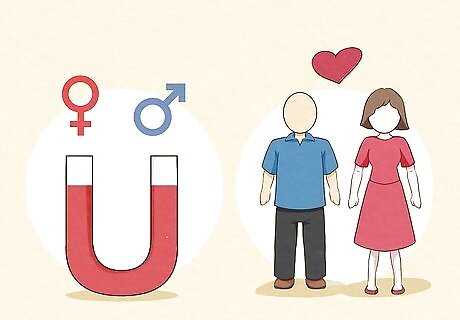
A heteroromantic bisexual is attracted to both men and women, but exclusively dates people of the opposite sex. Heteroromantic bisexuals are sexually interested in (and may even regularly sleep with) either sex. However, heteroromantic bi women only want to be in a public, long-term romance (relationship, marriage, etc) with men, and heteroromantic bi men only want to be romantically involved with women. Since bisexuality is an evolving, fluid term, “heteroromantic bisexual” can also refer to someone who is sexually attracted to any gender (male, female, non-binary, agender, genderqueer), but still only dates their opposite gender.

“Heteroromantic bisexual” offers a validating label to people whose sexual and romantic needs feel contradictory. A lot of people share the false belief that a bisexual is someone who likes 50% men, 50% women. However, that’s not the case for a lot of people. Some bisexuals may be attracted to 80% men, 20% women—or reject the spectrum altogether. Some bi men may feel more comfortable dating women, but still want to hook up with guys from time to time (and vice versa). Defining “heteroromantic bisexual” helps give these people a label to find a like-minded community. Plus, it shows us that sexuality can be fluid! Some people use the term “bisexual heteroamorous” instead of “heteroromantic.” Both terms mean the same thing.
How to Know if You’re a Heteroromantic Bisexual
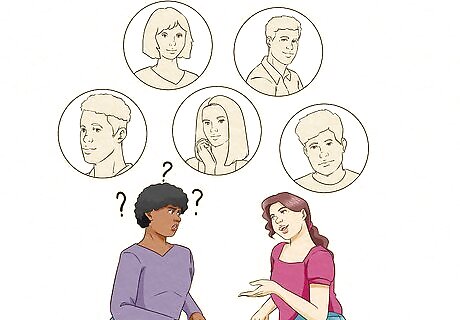
You have confusing crushes or fantasies. Bisexuality is complex. If you’ve been primarily attracted to one gender your whole life, it can be disorienting to develop a crush or feelings of arousal for someone new. Remember that it’s okay not to know your exact preferences yet. Taking the time to figure it out will only lead to a happier, more honest version of yourself. Bisexual doesn’t necessarily mean “gender-blind” either. You may have a strong preference for one gender; that doesn’t make your sexuality any less legitimate.
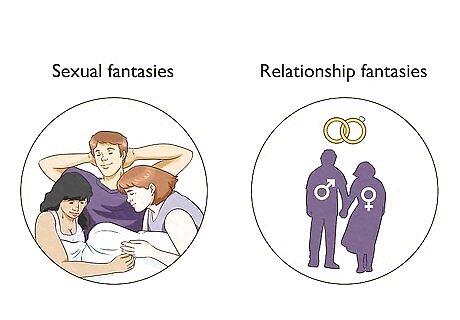
Your sexual fantasies aren’t gender-specific, but your relationship fantasies are. You may find yourself daydreaming about getting it on with multiple genders, but unable to picture yourself dating or getting married to those same people. This can cause some cognitive dissonance at first, but it’s likely just the result of your more fluid sexuality.
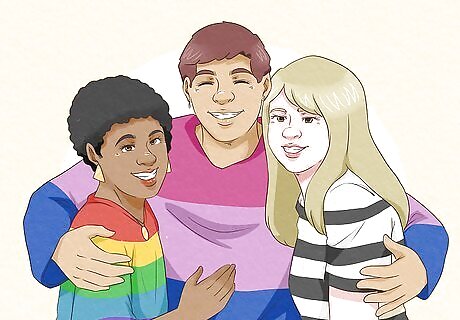
You relate to both queer and straight people. If you’re a bisexual heteroromantic, you likely understand where your fellow LGBTQ+ people are coming from when they champion against biphobia, because it’s affected your life on a visceral level. You also may feel more comfortable being your true self in queer spaces. However, you might not relate to the nuances of queer relationships as much, since your romantic preferences are heteronormative in nature. It may feel lonely straddling both communities, but there are thousands of heteroromantic bisexuals who have experienced this same feeling. Plus, community isn’t about everyone having the same experience. Diversity and uniqueness make every space better!
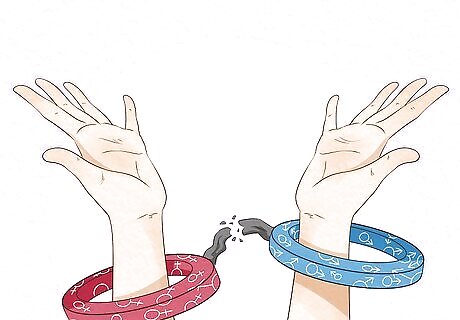
You find traditional sex and gender norms oppressive. “Heteroromantic bisexual” is a term that challenges the sexual binary. If you feel like having to compartmentalize people’s sexual and romantic preferences is limiting, that’s a sign you may identify with this more fluid label. “Heteroromantic bisexual” isn’t an exact or set-in-stone label, either. You may identify with parts of the experience, but differ in other ways. Definitions change over time and even this fluid label may feel limiting as you learn more about yourself.

You spend a lot of time questioning and researching your sexuality. If you spend several hours a day wondering if you might be a bisexual heteroromantic, chances are you probably are. Maybe you’ve taken several “Am I Bi?” quizzes online in the past few weeks. Maybe you’ve bought a bunch of books from bi authors that talk about the bi experience. We question things we connect with. If the label didn’t resonate, you likely would’ve said “Nope, I don’t think that’s me” and moved on pretty quick.

At your core, you just know. The truth is, there’s no real tangible metric for our sexual preferences. It’s a gut feeling, so follow your intuition. A lot of queer people recount the experience like being jolted awake. Something clicks and things they’ve been questioning for a while fall into place. You may not be able to explain it, but if you can feel it, that’s more than enough. If you resonate deeply with the bisexual heteroromantic experience, but still don’t feel like things have fallen into place, you probably just haven’t had your moment of awakening yet. Be patient. Trust that feeling deep inside you that it’s coming.
How to Live the Best Life as a Heteroromantic Bisexual
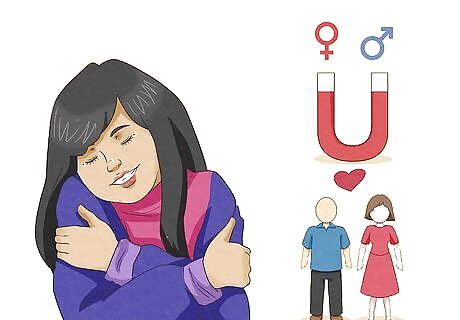
Decide your sexuality on your own terms. Bisexuality and heteroromance look different for everybody. Figure out what those terms mean for you and avoid comparing yourself to other bisexual heteroromantics as their lifestyles may vary greatly from yours. There is no objectively correct way to be bisexual or heteroromantic; there’s only the way that feels right for you and the way you accept yourself.
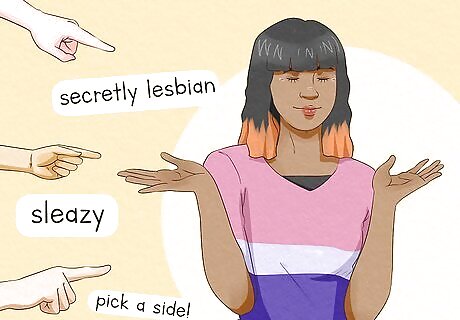
Ignore those who try to stigmatize you. Unfortunately, some people have some misinformed views of what it means to be bisexual, and the term heteroromantic may be too new for them to fully grasp. People may try to convince you you’re “secretly gay” if you’re a bi guy or “sleazy” if you’re a bi woman. They might also harmfully tell you to “pick a side.” Simply tune these people out as they’re not worth your time. Your true friends will accept you unconditionally. If you feel up for it, you can try to educate misinformed people on why their beliefs are harmful or biphobic. However, while it’s important to stand up for yourself and against hatred, it’s also important to preserve your peace. Simply walking away is a totally valid approach too.
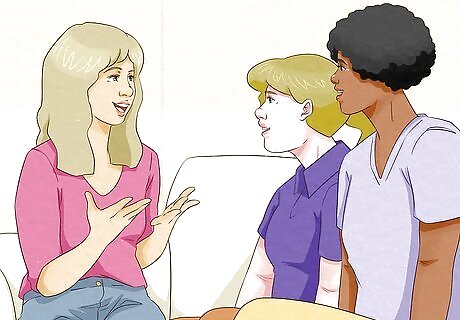
Come out…or don’t. Some people feel most comfortable publicly sharing their sexualities with the world. Others don’t think it’s anybody’s business and choose to keep it private. Everybody’s different. Choose what feels right for you. You might want to start by coming out to a few close friends or family members who you know will support and accept you. You can then decide if it’s worth sharing with more people. If you’re in a heteroromantic relationship, some people may falsely assume you’re heterosexual too. It’s up to you whether you decide to correct them. If you want to come out, but don’t know how, visit the Trevor Project or Matthew Shepard Foundation sites. Both have wonderful resources to help you live your fullest life as a queer individual.
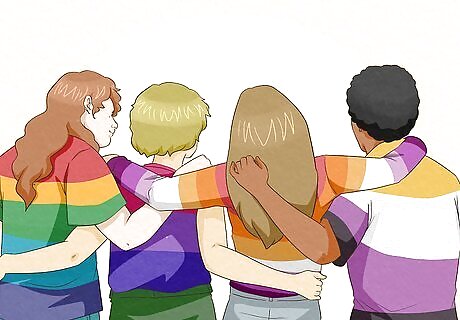
Embrace other members of the LGBTQ+ community. Talking to other queer people will help you find support and solidarity in your identity. Plus, it’s a great way to make friends who accept you and might have similar interests. If you’re an adult, look for gay events, clubs, and workshops in your area. If you’re still a minor, consider joining or starting a Gay-Straight Alliance at your school. You can also research other bisexual people to remind yourself that people who share your experiences have gone on to live amazing lives. For example, Marlon Brando, David Bowie, and Billie Holiday were all open about their fluid sexual experiences.
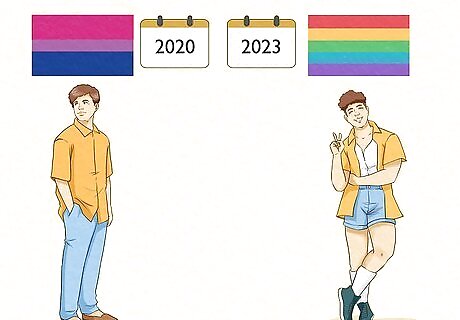
Recognize that sexuality is fluid and can change over time. Even with more progressive, nonconformist sexualities, we all get the urge to box people in (including ourselves). As you become more comfortable in your bisexual heteroromantic identity, remember that you may learn new things about yourself and preferences as your life changes. That doesn’t make your current sexual and romantic identity any less valid. For example, you may not have known you were bisexual a few years ago, but your new understanding of yourself doesn’t invalidate who you were at that time.
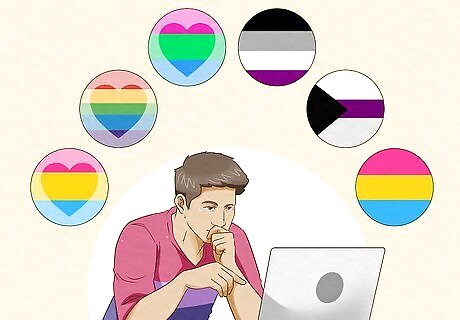
Educate yourself on other romantic and sexual orientations. Familiarize yourself with the many unique sexual identities. Doing this will not only help you understand other queer identities in a more meaningful way, it can help you discover more about yourself and your own preferences. Some other examples of romantic and sexual identities are: Homoromantic: romantic attraction to people of the same gender. Panromantic: romantic attraction to people of all genders. Polyromantic: romantic attraction to a variety of genders (often at the same time), but not all of them. Asexual: a person who has little or no sexual attraction to others, but may still hold romantic beliefs. Demisexual: a person who only feels sexual attraction after forming an emotional bond with another person. Pansexual: a person who is attracted to all genders, regardless of being cis or trans, and falls anywhere within the continuum of gender identities and sexual orientations. A lot of queer people use the terms “bisexual” and “pansexual” interchangeably or even say “bi-pan” to clarify that bisexuality doesn’t refer to just cisgender people.















Comments
0 comment